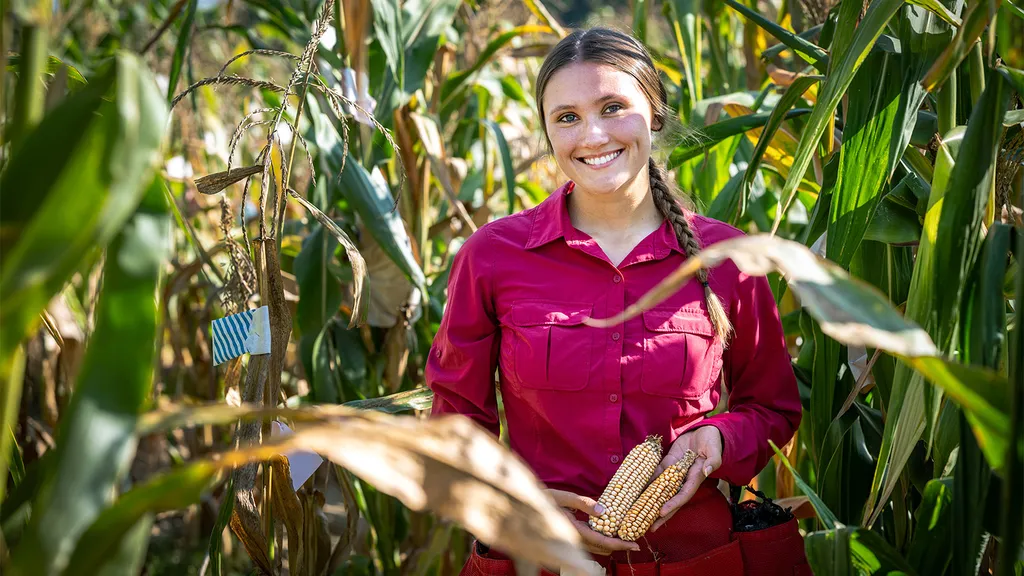At dawn, the first thing most farmers do is open a gate. It’s a simple act, an act that makes way for possibility. Cattle move to fresh pasture. Tractors roll toward the field. Hands and technology meet to start another day’s work. But in agriculture’s newest frontiers — automation, sensors, and artificial intelligence — too many gates remain closed. Not to the land this time, but to opportunity.
The agricultural industry is evolving rapidly, with technology playing a pivotal role. From GPS-guided tractors to AI-driven crop management, the demand for technical expertise in agriculture has outpaced our pipeline of skilled, diverse workers. Apprenticeships and workforce programs designed to prepare the next generation of ag tech leaders are booming. Yet, for too many students of color, especially Black students, access to those programs remains an uphill climb.
Recent data reveals a pattern of underrepresentation in advanced technical and STEM-related agricultural pathways. While students of color make up a growing share of the high school population, they remain significantly underrepresented in these programs. This disparity extends to apprenticeships and internships that serve as launching pads for high-skill agricultural careers. The barriers to access include under-resourced schools, lack of culturally responsive mentorship, and the persistent absence of representation in leadership roles.
Research indicates that students who feel a sense of belonging and representation are more likely to persist to graduation and pursue further technical education. However, inclusive spaces in agricultural education are still the exception rather than the norm. This underrepresentation is not just a matter of equity; it represents lost innovation and unrealized potential in the agricultural workforce.
Youth apprenticeship programs in ag tech sectors are growing, but many of these opportunities are concentrated in suburban or rural districts with strong Career Technical Education (CTE) infrastructure. In urban or historically underserved communities, these programs are often underfunded or absent altogether. This divide is structural and can be addressed through intentional equity-centered apprenticeship design. Programs that combine technical skill development with culturally responsive mentorship and wrap-around support have shown promise in closing participation gaps.
The federal Perkins V legislation requires states to report disaggregated CTE data and develop plans to close access gaps. However, too few programs use this data to reshape recruitment, mentorship, and representation strategies. Equity audits should serve as a blueprint for change rather than a compliance checkbox.
Diversifying agriculture’s workforce is not just about advancing social justice; it’s about advancing resilience. Agriculture thrives on diversity, and when only a narrow slice of the population builds and manages the technology driving the industry forward, we lose perspectives essential to solving future challenges. As agriculture becomes increasingly digitized, equity must evolve alongside it.
The next generation of agricultural professionals will need to write code, pilot drones, and analyze data sets alongside tending crops or designing irrigation systems. To ensure this generation reflects the richness of our agricultural communities, we must design systems that welcome diversity. This means reimagining how we recruit, mentor, and retain talent across the agricultural workforce. It means investing in educators and CTSO advisors who understand how culture, belonging, and leadership intersect. It means expanding scholarships, removing participation fees, and ensuring that a student’s zip code doesn’t determine their access to the future of farming.
Agriculture has always been about stewardship of land, of people, and of potential. As technology reshapes the landscape, our responsibility expands. The question is no longer just who grows our food, but who gets to grow with the industry. Because the future of agriculture isn’t just automated. It’s human. And inclusion must be part of its operating system.

